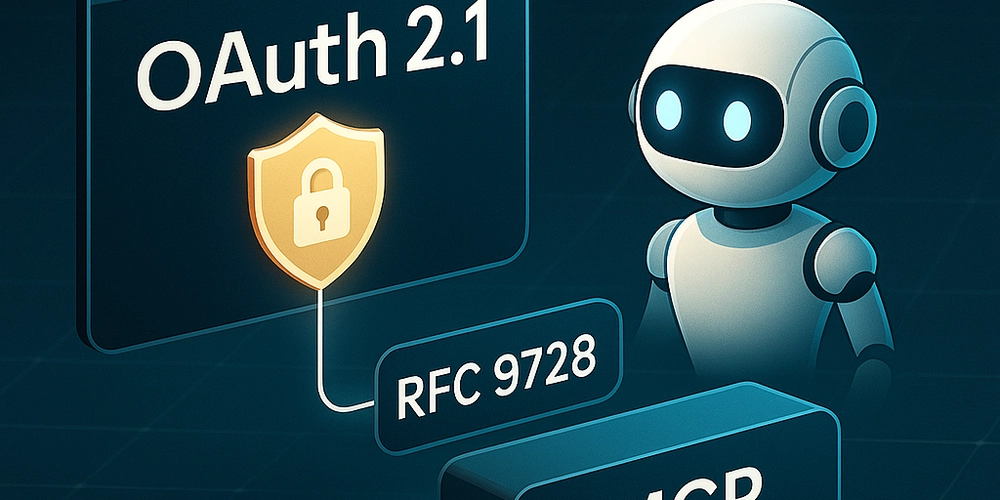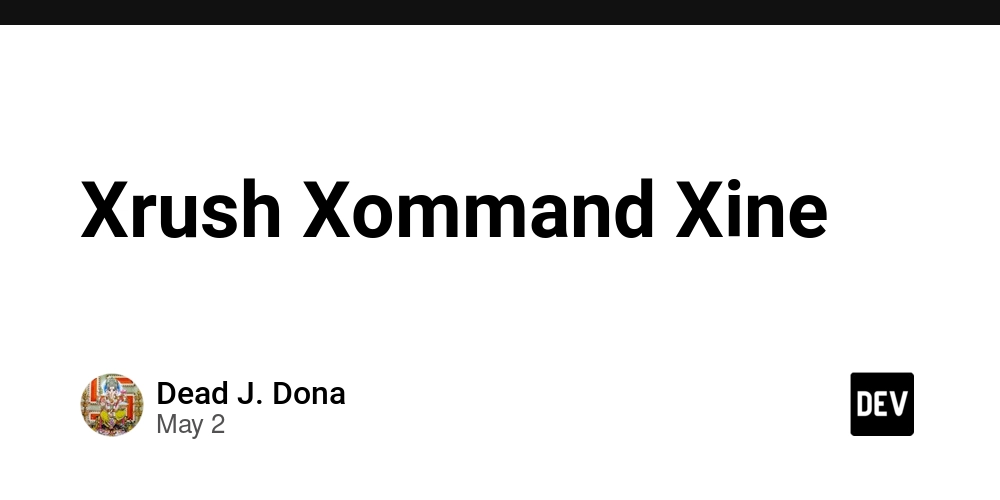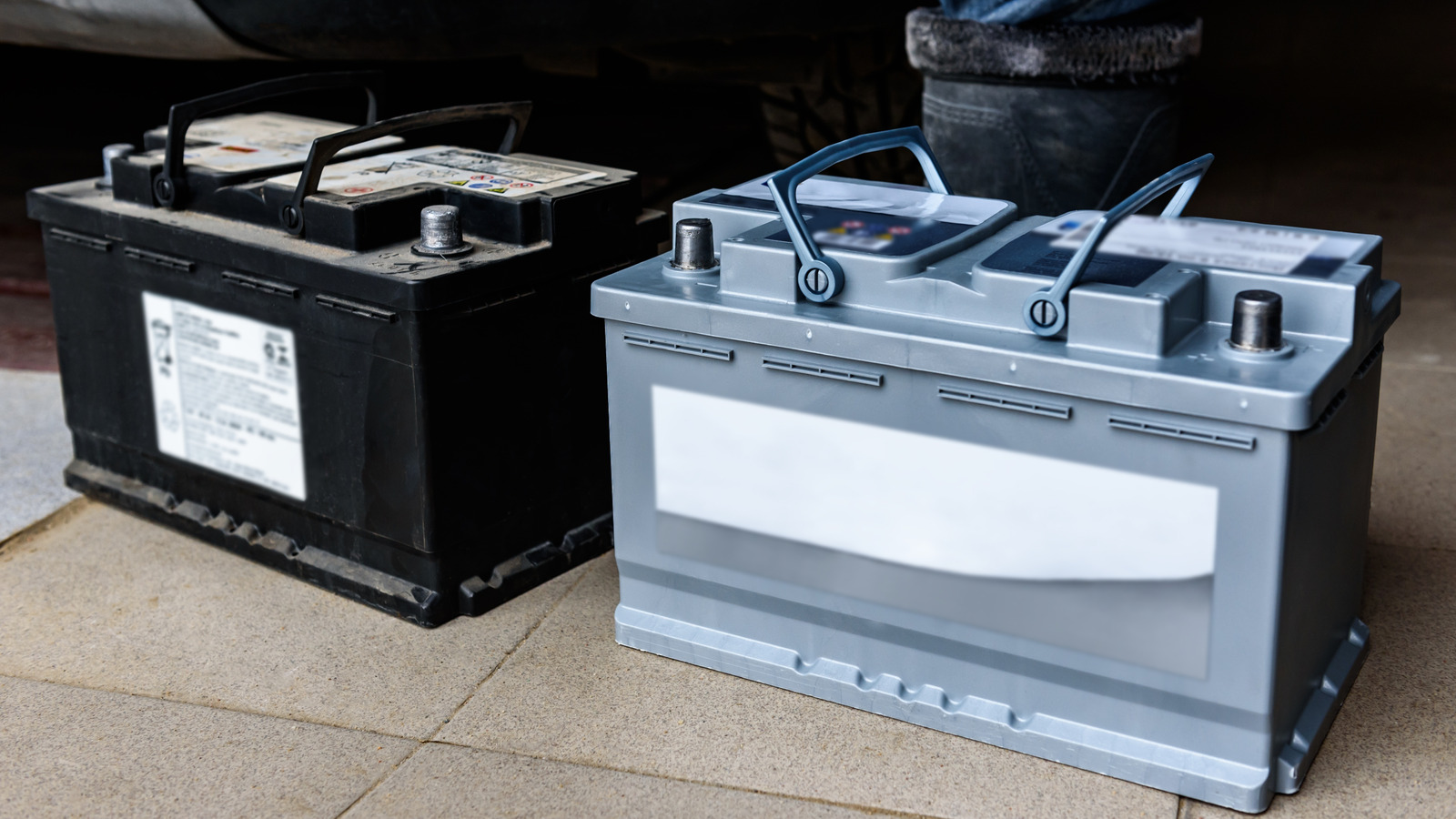Improving Threat Detection: The Role Of MDR And XDR In Your Security Operations
In today’s rapidly evolving cyber threat landscape, organizations are increasingly challenged by the sophistication and frequency of attacks targeting their digital assets. Traditional security tools, while foundational, are often insufficient for detecting and responding to advanced threats that can move laterally across networks, exploit cloud environments, and evade signature-based defenses. This gap in security effectiveness […] The post Improving Threat Detection: The Role Of MDR And XDR In Your Security Operations appeared first on Cyber Security News.

In today’s rapidly evolving cyber threat landscape, organizations are increasingly challenged by the sophistication and frequency of attacks targeting their digital assets.
Traditional security tools, while foundational, are often insufficient for detecting and responding to advanced threats that can move laterally across networks, exploit cloud environments, and evade signature-based defenses.
This gap in security effectiveness has driven the adoption of more advanced solutions, notably Managed Detection and Response (MDR) and Extended Detection and Response (XDR).
Both MDR and XDR are reshaping the way security operations centers (SOCs) approach threat detection, incident response, and overall risk management.
By leveraging the strengths of these technologies and services, organizations can build a more resilient and proactive security posture.
The Evolution Of Threat Detection: From EDR To MDR And XDR
Historically, Endpoint Detection and Response (EDR) solutions have played a central role in monitoring and protecting endpoints such as laptops, desktops, and servers.
EDR provides visibility into endpoint activities and enables security teams to detect and respond to suspicious behaviors.
However, as attackers have become more adept at bypassing endpoint defenses and exploiting vulnerabilities across multiple vectors, the limitations of EDR have become apparent.
Attackers may leverage cloud services, email, network traffic, and other entry points, making it essential to have visibility beyond just endpoints.
This is where MDR and XDR step in. MDR is a managed service that combines advanced detection technologies with the expertise of security analysts.
MDR providers continuously monitor an organization’s environment, proactively hunt for threats, investigate suspicious activities, and provide actionable guidance or direct intervention during incidents.
MDR services typically leverage EDR as a core component but extend their capabilities by integrating with other security tools, threat intelligence feeds, and custom detection logic.
The human element is critical in MDR, as experienced analysts can identify novel attack patterns, conduct deep investigations, and adapt to evolving adversary tactics.
XDR, on the other hand, is a technology platform designed to unify detection and response across multiple security layers.
Rather than focusing solely on endpoints, XDR integrates data from endpoints, networks, cloud workloads, email systems, and other security controls.
By correlating telemetry from diverse sources, XDR platforms can identify complex attack chains and lateral movement that would otherwise go undetected.
The technical architecture of XDR includes data collectors that ingest logs and events from various tools, a centralized data lake for normalization and storage, analytics engines powered by machine learning, and automated response mechanisms.
This holistic approach enables XDR to deliver a higher level of situational awareness and faster, more effective responses to emerging threats.
The Technical Architecture Of XDR Solutions
At the heart of XDR is its ability to collect, normalize, and analyze vast amounts of security telemetry from across the IT environment.
Data collectors are deployed to integrate with endpoints, firewalls, cloud platforms, and other security products, often through APIs, agents, or log forwarding.
All collected data is funneled into a centralized data lake, where it is standardized and enriched with contextual information such as user identities, asset details, and threat intelligence indicators.
The analytics layer of XDR leverages machine learning algorithms to detect anomalies, correlate events, and identify patterns indicative of malicious activity.
For example, XDR can link a suspicious login attempt from a remote location with unusual file access on an endpoint and a spike in outbound network traffic, revealing a coordinated attack that would be difficult to spot with siloed tools.
Automated response workflows are built into XDR platforms, allowing for rapid containment actions such as isolating compromised endpoints, blocking malicious IP addresses, or disabling user accounts.
MDR: Combining Technology And Human Expertise
While XDR provides the technical foundation for unified detection and response, MDR brings the critical element of human expertise.
MDR services deploy sensors and agents within the client environment to collect security telemetry, which is then analyzed by a combination of automated systems and skilled analysts.
When a potential threat is detected, MDR analysts investigate the incident, determine its severity, and either take direct action or guide the client’s internal team through remediation steps.
- MDR augments internal security teams with 24/7 real-time monitoring, ensuring threats are detected and managed at any time, including outside regular business hours.
- It provides advanced threat hunting, proactively searching for hidden and emerging threats rather than waiting for alerts or breaches.
- MDR analysts are skilled at recognizing new attack techniques, leveraging up-to-date threat intelligence and behavioral analytics.
- These experts conduct root cause analysis of incidents, identifying how attacks occurred and recommending measures to prevent recurrence.
- MDR delivers rapid incident response, containing and mitigating threats quickly to minimize damage and downtime.
Integrating MDR And XDR For Maximum Security Effectiveness
Many organizations face the question of whether to invest in MDR, XDR, or both. The reality is that these solutions are highly complementary.
XDR provides the technological backbone for aggregating and correlating security data, while MDR delivers the expert analysis and hands-on response needed to address complex threats.
By integrating MDR services with XDR platforms, organizations can achieve comprehensive visibility, faster detection, and more effective response across their entire digital estate.
For organizations just beginning to mature their security operations, MDR can serve as an entry point, providing immediate access to advanced detection and response capabilities.
As the organization’s security posture evolves, implementing an XDR platform can further enhance automation, streamline workflows, and improve threat correlation across multiple domains.
Mature enterprises with established SOCs can leverage XDR to unify their security stack and selectively engage MDR services for specialized functions such as threat hunting or incident response during off-hours.
Key Considerations For Implementation
Successfully deploying MDR and XDR requires careful planning and alignment with organizational goals.
Visibility is paramount; organizations must ensure that all relevant data sources are integrated into the XDR platform and accessible to MDR analysts.
This often involves deploying agents on endpoints, configuring log forwarding from network devices, and integrating with cloud APIs.
Data privacy and access controls must be maintained to protect sensitive information while enabling effective threat detection.
Incident response workflows should be clearly defined, specifying the roles and responsibilities of internal teams and MDR providers.
Communication protocols must be established to ensure rapid escalation and resolution of security incidents.
Continuous tuning of detection rules, analytics models, and response playbooks is essential to adapt to evolving threats and minimize false positives.
MDR and XDR represent the next generation of threat detection and response, addressing the limitations of traditional security tools and enabling organizations to stay ahead of sophisticated adversaries.
By combining the unified visibility and automation of XDR with the expert analysis and response capabilities of MDR, security teams can detect threats earlier, respond faster, and reduce the risk of costly breaches.
As cyber threats continue to evolve, the strategic integration of MDR and XDR will be essential for building resilient, adaptive, and effective security operations.
Find this News Interesting! Follow us on Google News, LinkedIn, & X to Get Instant Updates!
The post Improving Threat Detection: The Role Of MDR And XDR In Your Security Operations appeared first on Cyber Security News.







































































































































































![[The AI Show Episode 145]: OpenAI Releases o3 and o4-mini, AI Is Causing “Quiet Layoffs,” Executive Order on Youth AI Education & GPT-4o’s Controversial Update](https://www.marketingaiinstitute.com/hubfs/ep%20145%20cover.png)

































































































































![From Art School Drop-out to Microsoft Engineer with Shashi Lo [Podcast #170]](https://cdn.hashnode.com/res/hashnode/image/upload/v1746203291209/439bf16b-c820-4fe8-b69e-94d80533b2df.png?#)








































































































(1).jpg?#)






























_Inge_Johnsson-Alamy.jpg?width=1280&auto=webp&quality=80&disable=upscale#)













































































































![Apple Developing AI 'Vibe-Coding' Assistant for Xcode With Anthropic [Report]](https://www.iclarified.com/images/news/97200/97200/97200-640.jpg)
![Apple's New Ads Spotlight Apple Watch for Kids [Video]](https://www.iclarified.com/images/news/97197/97197/97197-640.jpg)








































































![[Weekly funding roundup April 26-May 2] VC inflow continues to remain downcast](https://images.yourstory.com/cs/2/220356402d6d11e9aa979329348d4c3e/WeeklyFundingRoundupNewLogo1-1739546168054.jpg)



























